Pruning Ficus Audrey
popmama (Colorado, USDA z5)
last year
Featured Answer
Sort by:Oldest
Comments (16)
popmama (Colorado, USDA z5)
last yeartapla (mid-Michigan, USDA z5b-6a)
last yearRelated Discussions
Ficus benghalensis "Audrey" - Pruning Question
Comments (12)You have 2 options. You can cut the top back to a leaf that is growing back toward an imaginary line straight up from the center of the pot, or you can cut back harder so you take the crook out of the picture and make the top straight. The grower cut the trunk back and that's how the branch that became the new leader grew. What the grower should have done and you can still do is this: Imagine this as your tree and the leaves are branches. ^^^ When the grower cut the top back ^^^, he cut it back to about where the knot is, and the branch that turned into the new leader (that would be the one just below the knot) grew at the same angle as the leaf stem. What he SHOULD have done is, cut the top back only part way so there was a stub left, then tie the new branch to the stub so it grows straight: **************************************************************************************************** Your idea to prune back to the leaf growing back toward the center is what I described above. It's ok to do that if the distance from the soil line to the first crook in the trunk is longer than the distance from the crook in the trunk to the branch growing back toward the middle. IOW, as your tree zig-zags, the distance between the direction changes has to grow increasingly smaller as your eye moves from bottom to top. This is because (in nature), branches get much closer together near the top of trees, and that's what your eye expects to see. If you DON'T see the sections between turns getting shorter toward the top, it will look odd, even if you can't put your finger on the precise reason why. If the distances are transposed, I'd cut the crook out and do what I illustrated above. Al...See MoreSuccessful Audrey Ficus Rooting
Comments (10)Mine needs more shaping but I am not totally unhappy. You can try cutting a plastic bottle and wrap it around the base like a collar. This will trap some humidity near the base of the stem and encourage it to grow more aerial roots. Pruning wise, I cut back hard in June. I also keep mine outside in summer and that encourages rapid growth. If you want more branching cut back each branch to one or two leaf. New bud will appear from the base of the remaining leaves. So cut it back so the new branch will generally face outwards. Cut off inner criss-crossing branches. These are just some basic rules. Look for "Ficus tree in Containers" in container forum I believe. Our resident guru, Al, describes in detail everything about Ficus....See MoreHELP! what are these marks on my ficus Audrey
Comments (9)Austin - Copper is a micronutrient essential to normal plant growth, but being a micro-nutrient, it takes only a tiny amount more than a sufficient amount to create a toxicity. While I can't say with great certainty that the cause lies somewhere in the fact you're treating plants with horticultural oil (?) and a cupric fungicide, I can say it's likely there is more harm than benefit with that regimen. A plant's best defense against insects and pathogens is a high level of vitality, since the level of chemicals that ward off insects and diseases will be produced in direct relationship with the plant's metabolic rate. If the chemicals/treatments you're using are limiting the plant's vitality and metabolic rate, you'd sort of be shooting yourself in the foot. When it comes to IPM (integrated pest management), which includes treatment of insects and diseases, the first step is to identify the problem and decide if it's something you feel you and the plant can tolerate or if it's something that needs addressing. If it actually needs your attention, the next step is to use the least noxious but still effective measures to eliminate or reduce the problem to an acceptable level. Have you identified the pests/diseases? Have you considered the possibility that you might not even have a pest or disease infestation? that you might be treating a physiological disorder caused by adverse cultural conditions, and that identifying the cultural conditions causing the stress and improving those conditions might gain you more traction? Al...See MoreFicus Audrey tree - help!
Comments (1)It's sort of hard to imagine this was a case of serendipity, for the planting, so I don't think it was broken on purpose or by chance. Initially, there were 2 plants, each with it's own trunk and root system. Where the trunks fused is an example of a process called inosculation. When done purposely, it would be called an approach graft. Here's an example of an approach graft used where a trident maple tree needed a branch where there was none, so I put one there. I allowed a branch on the tree you see to grow long, and removed most of the leaves along the branch so it would be thin and flexible. I cut a groove in the tree to expose the cambium, then removed bark from the scion so the cambiums lined up. I then stapled the branch in place and covered it with grafting tape. The following spring, the stub was cut flush to the trunk. This is a Ficus benjamina I started approach grafting about 20 years ago. Ain't she purty? Actually, I know it's very ugly and it's still a work in progress, but here it is after defoliating and wiring it last weekend: No way to be sure w/o asking the grower, but I'm thinking the root system of one of the trees in your planting became infected with one of the fungi commonly grouped under the umbrella of damping off diseases. When it became evident one of the trees was infected, the grower noted the inosculation and reasoned rightly that the living trunk would support the part of the infected tree distal to (beyond) the point of inosculation, and severed the trunk. It's not unusual for adventitious roots to form on trunks of Ficus when it's humid. Also, the flow of the growth regulator that stimulates rooting (auxin) is polar, meaning it only flows downward. When it gets to the bottom of the stub, it collects there and becomes a built-in rooting aid. Though you can't tell, this ^^^ is a root-over-rock schefflera on which one of the mature roots died. The mass you see is what resulted - same thing you're seeing on your tree. This ^^^ is the view from the opposite side. You already know the living trunk is fully supporting what is essentially the approach graft or scion. The adventitious roots hanging in the air supply no resources to the graft at all. If your tree was my tree, I'd use a fine bladed saw (hack saw) and cut through the stub at the lowest point of fused tissue. I would then spritz the wound with cold water to stop the latex from oozing, clean up the wound with a razor knife so there are no fine threads of bark or sapwood tissue hanging from the wound site, dry it with paper towels, then paint over the wound with waterproof wood glue, being careful to cover the wound and any exposed cambium at the edge of the bark, but try not yo get any glue on the undamaged bark. I use the snipped off end of a zip tie as a glue spreader and it works like a charm. Painting over the wound decreases the size of the wound by eliminating desiccation and dieback of the bark at the wound site, and promotes rapid healing. BTW - it would be best for the plant if you were to rid it of the support and the ties that are biting into the bark. They will soon be restricting flow of photosynthate (food) and other bio-compounds to the roots. While I see no visual evidence that the missing trunk was killed by a constriction, you might look things over and see if you think that could have been the cause. Al...See Morepopmama (Colorado, USDA z5)
last yeartapla (mid-Michigan, USDA z5b-6a)
last yearlast modified: last yearpopmama (Colorado, USDA z5)
last yeartapla (mid-Michigan, USDA z5b-6a)
last yearpopmama (Colorado, USDA z5)
last yeartapla (mid-Michigan, USDA z5b-6a)
last yearpopmama (Colorado, USDA z5)
last yeartapla (mid-Michigan, USDA z5b-6a)
last yearpopmama (Colorado, USDA z5)
last yeartapla (mid-Michigan, USDA z5b-6a)
last yearpopmama (Colorado, USDA z5)
last yearpopmama (Colorado, USDA z5)
last yearpopmama (Colorado, USDA z5)
last year
Related Stories
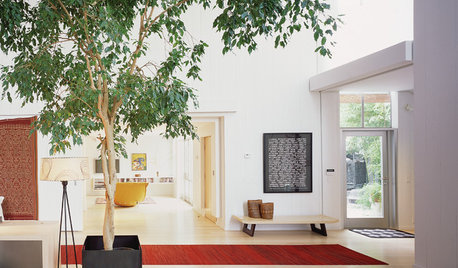
HOUSEPLANTSHow to Grow a Happy Ficus
This houseplant’s reputation for being fussy shouldn’t prevent you from growing and enjoying it for years
Full Story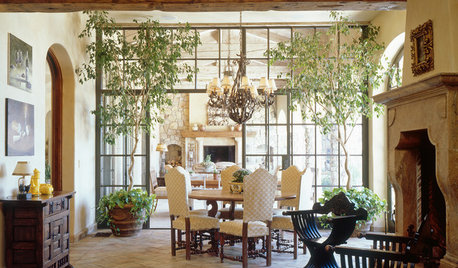
Rooting for Indoor Trees
Houseplants tend to get all the glory indoors, but trees deserve their place in the sun — and in your living room, your entryway, your ...
Full Story
HOUSEPLANTSPlay Up Some Fiddleleaf Figs for a Lively Indoor Tune
Strike a dramatic chord in a minimalist scene or a country note in a rustic setting — fiddleleaf fig plants harmonize with any style
Full Story
BEFORE AND AFTERSHouzz Tour: A San Diego Townhouse Gets a Bright Update
Savvy shopping and warm bamboo accents help California architects give their home a fresh, high-end feel
Full Story
ARTThe Beauty of Bonsai — Living Art, Rooted in Harmony
Create your own emblem of nature's balance with an art form dating back 1,000 years
Full Story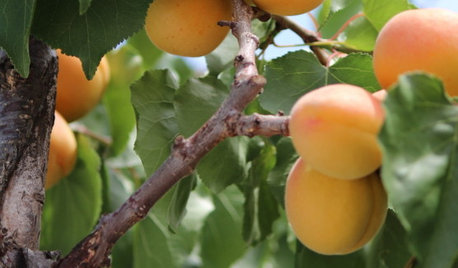
FARM YOUR YARDIf You Have Room for Only One Fruit Tree ...
Juice up a small garden with one of these easier-care or worth-the-effort fruit trees for a mild climate
Full Story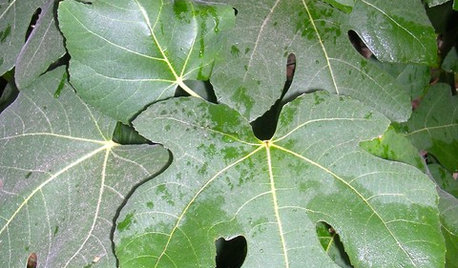
GARDENING GUIDESGreat Design Plant: Common Fig
A full form and delicious fruits make this Middle Eastern tree a favorite in gardens around the world
Full Story
GARDENING GUIDES5 Best-Behaved Trees to Grace a Patio
Big enough for shade but small enough for easy care, these amiable trees mind their manners in a modest outdoor space
Full Story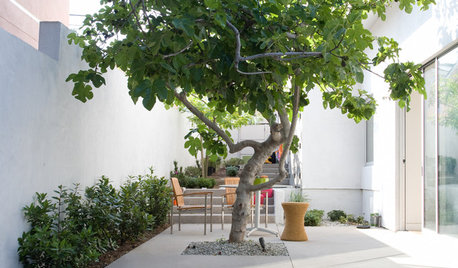
TREES10 Spectacular Trees for Courtyards and Tight Spaces
Here are some top small-scale trees for 4-season interest, easy care and little mess
Full Story
DECORATING GUIDESThe Dumbest Decorating Decisions I’ve Ever Made
Caution: Do not try these at home
Full Story




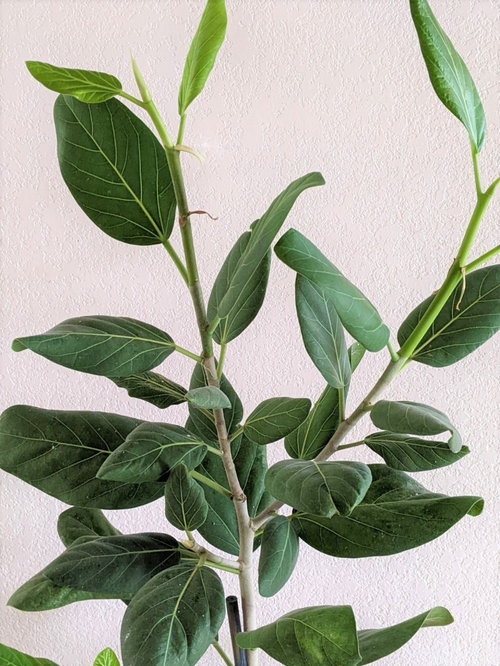


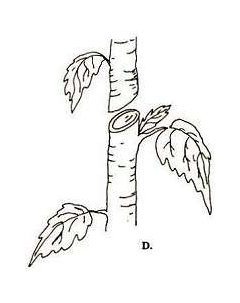


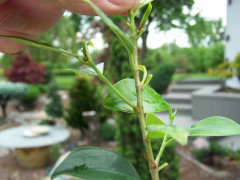
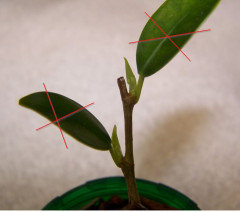
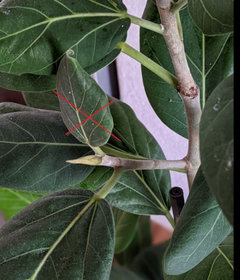
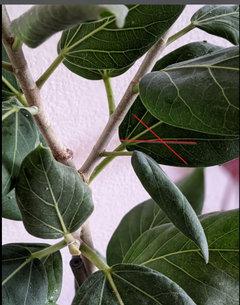

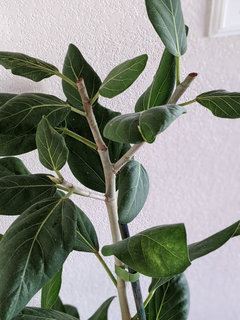
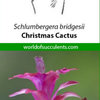
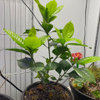
tapla (mid-Michigan, USDA z5b-6a)